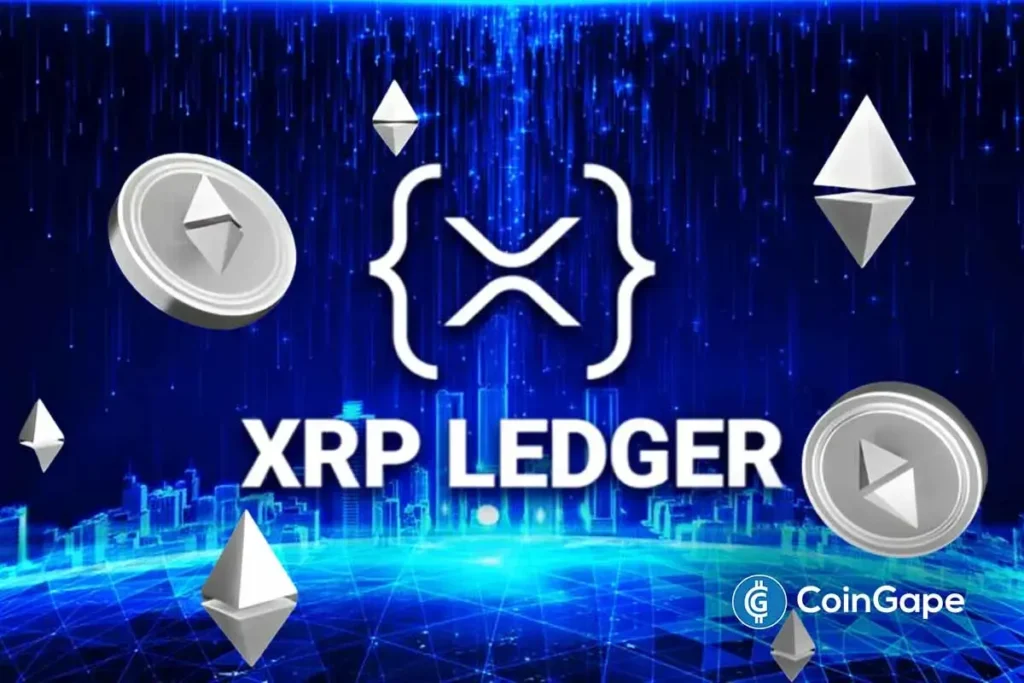XRP Ledger EVM Sidechain: Revolutionizing DeFi with Smart Contracts
The recent launch of the XRP Ledger (XRPL) EVM sidechain marks a significant step in enhancing the network’s ecosystem by facilitating smart contracts. This addition propels the XRPL into the decentralized finance (DeFi) landscape, offering cross-chain compatibility with Ethereum. As a result, developers can now create, migrate, and implement Ethereum-compatible decentralized applications (dApps) while benefiting from the liquidity inherent in XRPL.
Enhancing the XRPL Ecosystem
The EVM sidechain’s rollout introduces general-purpose smart contract capabilities to the XRP Ledger. According to the press release regarding this launch, developers can now utilize popular tools like Solidity, MetaMask, and Hardhat for creating applications, broadening the possibilities within XRPL’s ecosystem. With a block time of just 3.4 seconds and the ability to process 1,000 transactions per second (TPS), the XRPL efficiently supports high transaction volumes, making it an attractive platform for developers venturing into DeFi.
Key Features of the XRPL EVM Sidechain
In a crucial move, the XRPL EVM sidechain will utilize XRP as its native gas token, further embedding it into the network’s operational framework. The integration of Squid as the official cross-chain transfer UI enhances the user experience by allowing seamless transfers between XRPL and EVM networks. Furthermore, the Axelar Bridge will connect over 80 blockchains, enabling bypass and utilization of XRP across various platforms. This increased interoperability opens numerous possibilities for decentralized applications, including lending, payment solutions, and tokenization services.
The Role of Axelar and Wormhole
Axelar not only serves as a bridging protocol for the sidechain but also simplifies interactions for users on different networks. As mentioned in a recent announcement, users can now easily move ETH, XRP, and USDC using Squid, enabling a multi-faceted experience in DeFi. Additionally, it’s noteworthy that Wormhole, a leading cross-chain protocol, plans to integrate with the EVM sidechain, promising even greater interoperability within the XRPL ecosystem.
Benefits to Developers and Users
The EVM sidechain will enrich the platforms available for developers, providing a flexible environment for launching Ethereum-compatible applications. It encourages experimentation and innovation, allowing for the development of more complex and versatile financial tools. Users stand to gain from this development through enhanced services and applications that leverage the unique advantages of both XRPL and Ethereum, thus expanding their options in the DeFi space.
Future Implications
The mainnet launch of the XRPL EVM sidechain signals a transformative era not only for the XRP Ledger itself but for the broader DeFi ecosystem. Ripple’s CTO David Schwartz emphasized that this initiative maintains the core efficiency and reliability of the XRPL while expanding its capabilities. As decentralized finance continues to evolve, the XRPL EVM sidechain positions itself as a critical player in the ongoing growth and diversification of blockchain technology.
Conclusion
In summary, the launch of the XRP Ledger EVM sidechain signifies a fundamental evolution within the XRPL ecosystem. By merging Ethereum’s smart contract capabilities with the high-performance attributes of XRPL, it offers unprecedented opportunities for developers and users alike. The increasing interoperability through Axelar and Wormhole further solidifies the potential for this innovative sidechain to reshape the decentralized finance landscape. As developments continue, the XRPL EVM sidechain is poised to play a pivotal role in the future of blockchain technology and decentralized applications.


